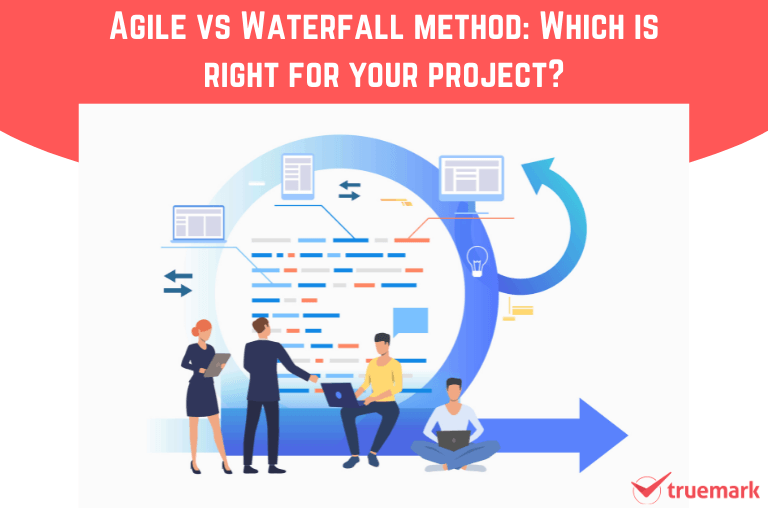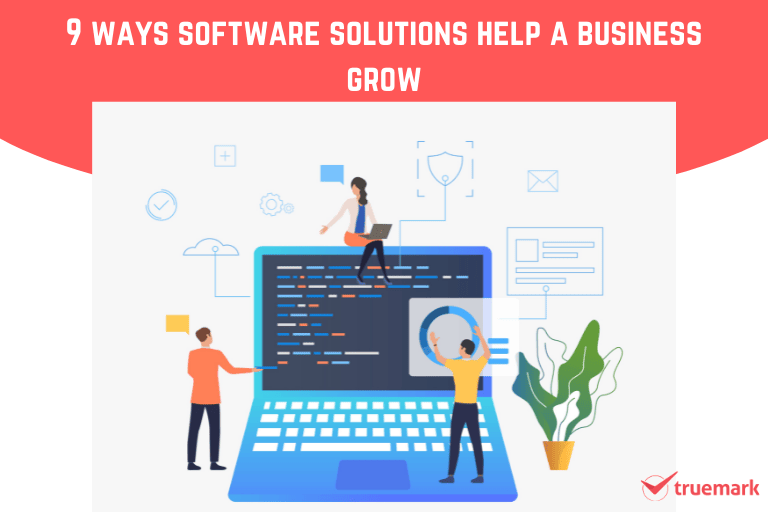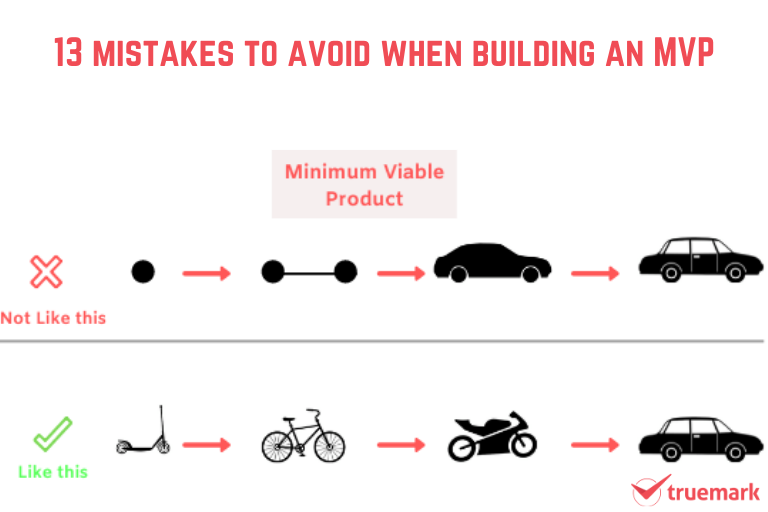In this ever-changing environment, managing a project is one of the greatest challenges a project manager has to face. And before developing an app, one needs to define what development method to use.
When we talk about software project management, the two most prominent methods we hear are Waterfall and Agile. Some prefer the former and some go for the latter based on their needs and the project type. But it doesn’t mean that the company shifts from one to another based on the projects. They stick to one they have been practicing for years.
Still, the Agile vs Waterfall method becomes a heated discussion when it comes to the software development life cycle. For a startup, it might be a hassle to decide which one to choose. So, today, we will talk about which method is best for your project.
Waterfall method
Also known as the traditional method, the Waterfall method adopts a fixed-step. Once you go through a phase, you can’t go to the previous one, which is its biggest drawback. Even if you want to, you have to start from the first phase. So, you need to complete each phase sequentially to finish a project.
The Waterfall method is more linear with fixed requirements and a set of activities. Generally, the Waterfall method’s process looks like this:
- Requirements gathering: This step includes gathering requirements from the clients, market research, defining project scope, deliverables, etc., and validating them.
- Design: This step includes designing prototypes, wireframes, user interfaces, etc.
- Implementation: In this step, the actual development process starts. The developers begin coding and work on implementing the functional requirements.
- Testing: In this step, the testers design test cases, and each function is tested to find out the errors and bugs in the software.
- Deployment: In this phase, the software is handed over to the clients and goes live.
- Maintenance: In this phase, the developers maintain and update the software to a new version after it goes live.
Pros
- Fixed requirements: The Waterfall method works successfully when you have clear and fixed requirements.
- Smooth Workflow: Having clear requirements means the project becomes straightforward, making the workflow seamless.
- Better estimation: The overall development cost and time can be estimated priorly successfully.
- Meet deadlines: Well-defined requirements and estimation make it easier to meet deadlines.
- Better resource planning: Resource planning and allocation become better since requirements are clear and concrete.
Cons
- Inflexibility: Updating and modifications during the development process are challenging.
- Time-consuming: It is time-consuming when it comes to implementing changing requirements since during the development process is impossible.
- Inflexibility in testing: Testing is done only after the whole development process finishes.
- High project risk: Inability to return to the previous stage risks the whole project if not planned well.
- Costly: Since implementing changes during the development process is challenging, it will be costly to do everything again.
Agile Method
The Agile method is an iterative and incremental approach. Meaning the development team works in short iterations. What makes it so amazing is the ability to implement the changes at any time. In this method, the development team works in Sprints that generally last for 1-4 weeks. During this time frame, they design, develop, and test each feature and software.
The development team works for a certain period, completes each milestone, then plans each deliverable and re-prioritizes the tasks, promoting faster development.
The process generally includes:
- Plan: This phase includes gathering requirements, research, etc. Here, the product owner defines the project scope and needs, estimates the budget, etc.
- Build: This is the longest phase of the Agile method. Here, the development team builds software, works on each functionality, etc.
- Test: In the Agile method, the development and the testing of the software go toe-to-toe. After the completion of each feature, the development team with the help of testers tests them. If found issues, they immediately fix them. In fact, a test is carried out in each phase of the development process.
- Delivery: In this phase, each deliverable is delivered to the clients.
- Feedback: After each deliverable, the clients test the functionality. If they need any changes, they convey the feedback, and accordingly, the development team acts. If everything is good, they work on the next iteration.
This way, the process is repeated until they develop fully functional software.
Pros
- Faster development: The whole work is divided into small tasks known as iterations. Since the development team works on iterations, it promotes faster development.
- Faster delivery: The software can be delivered faster.
- Customer involvement: Customer feedback is involved in the development process.
- High quality, fewer bugs: Since the software is tested continuously, the end product is of high quality with fewer bugs.
- Better coordination and communication: Frequent reviews and feedback make it easier for the development team to communicate and coordinate with each other. Plus, they can immediately host a quick meeting to solve problems (if they arise).
- Flexibility: Even if the requirements change, the development team can quickly implement them.
Cons
- Meeting deadlines: Even though working on iterations promotes faster development, sometimes changing requirements and faster delivery can delay the project.
- Increased resources and cost: Continuous testing may sometimes need more resources and costs.
- Miscommunication: Faster development and delivery sometimes lead to miscommunication, affecting coordination.
- Management issue: The Agile method is harder to manage than the Waterfall method. Since the latter works well when you have fixed requirements, managing projects is much easier.
Agile vs waterfall method: Which to choose?
You now know about the Agile and the Waterfall method. But, still, the main question remains- Agile vs Waterfall method: which one to choose?
Choose the Waterfall method when
- The requirements are clear and fixed.
- You have a fixed budget and resources.
- Know what the final product looks like.
- The project size is large and complex
- The product owner has little involvement in the development process
- The project timeline is lengthy
Choose the Agile method when
- You want faster development and delivery
- You are unaware of what the final product looks like
- The features and requirements are expected to change
- The project size is small and not complex
- The timeline and budget are flexible
- The product owner wants to be more involved in the development process
- The project timeline is short
In Conclusion
Ultimately, it depends on your requirements whether you want the Agile or the Waterfall method. However, the Agile method is becoming a favorite of many companies because of its flexibility and adaptability.
If you ask us, then we would recommend using the Agile method to keep up with the changing environment.
We, at Truemark, use the Agile method since the environment is unpredictable, giving more advantages, like faster development, delivery, efficient collaboration, fewer risks and errors, etc. If you want to develop software that is flexible, high-quality at an affordable price, then feel free to contact us. We will help you build world-class software. So, let’s have a chat and work together
Cover Image Credits: Katemangostar from Freepik




1 Comment
Pingback: Kanban Vs Scrum: Which Is The Right Pick? - The Dev Post